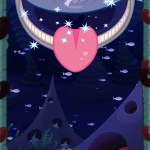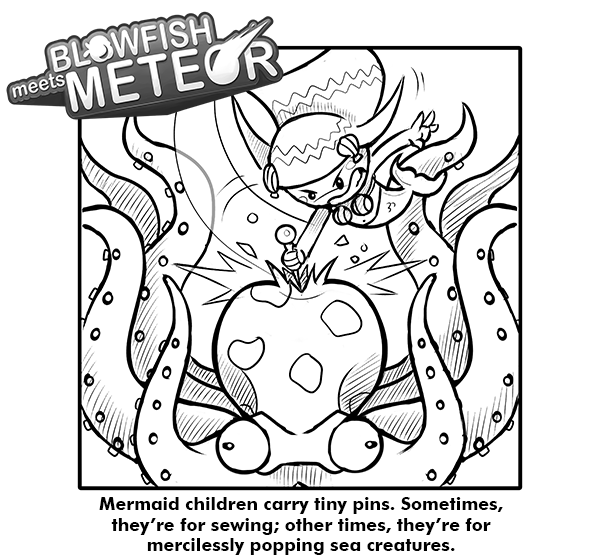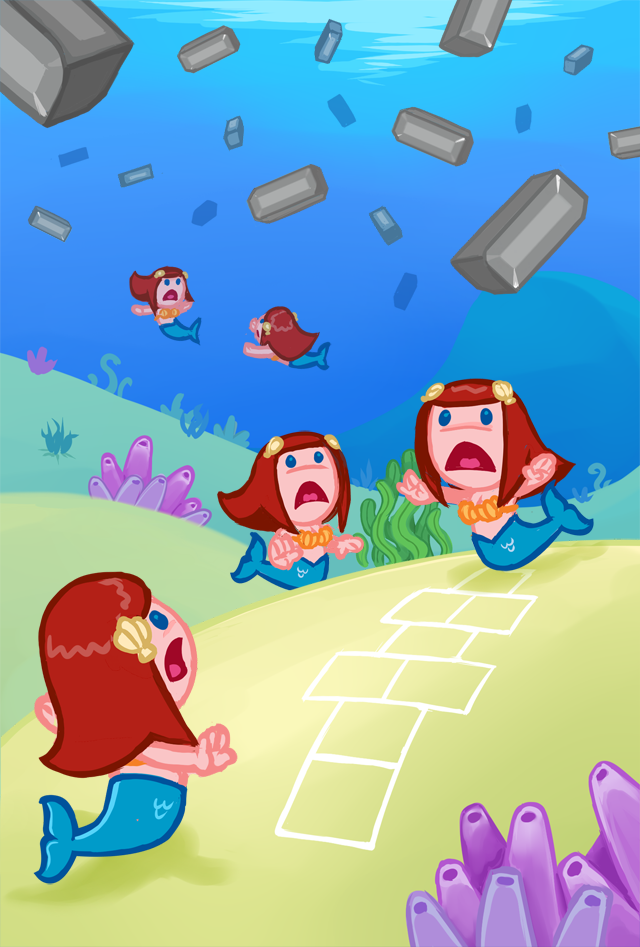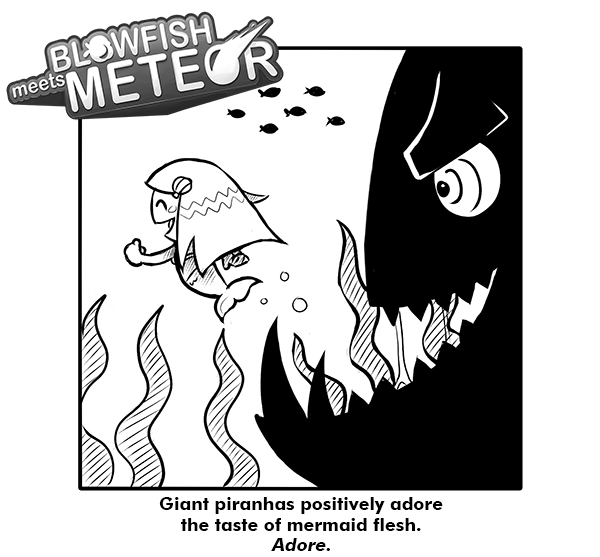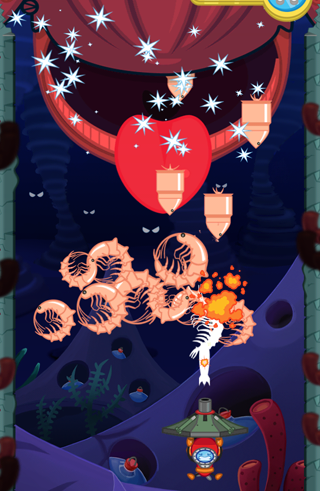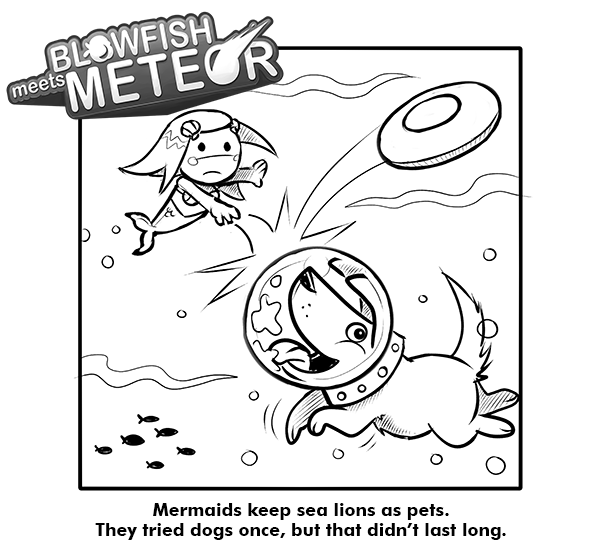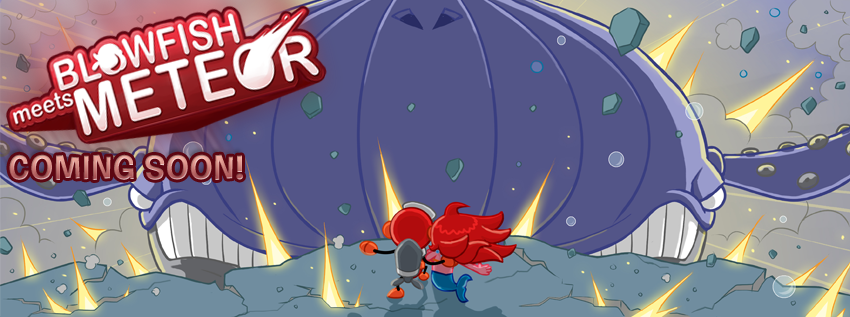Game controllers are not intuitive or natural.
Experienced gamers that many of us are, we tend to take this for granted. After all, many of us were there from the start, when there were only a few inputs to keep track of – one button and a joystick, in the earliest cases. By learning a new button or two every few years for a couple decades, we took the easy road in, and growing with the technology has given us a lot of tolerance towards how artificial it really is.
It’s not that way for most people. Have you ever watched a new gamer hold a controller? Most new players can hardly manage to make Mario run and jump at the same time, much less combo an enemy in a modern game while wrangling a squirrely camera with the right stick.
At its core, the controller only separates us from the games we play. We can’t be there in the flesh to influence the game world, so we need an intermediary – something to step between us and let us guide our onscreen avatars. It’s an abstraction, and as such, it’s one step removed from the reality of the game.
Touch screens are an abstraction too. They’re arguably more intuitive than controllers, because touching an onscreen object to interact with it is at least closer to how things work in the real world than touching a button. That object is still intangible, though – it’s cold and flat and glassy, and most games are trying to make us believe the opposite by immersing us in worlds full of life and warmth and flesh-and-blood characters. A touch screen may be less of a barrier than a button, but it’s still a barrier.
Both options, however, are leagues ahead of virtual buttons. If a controller with buttons acts as a layer separating us from the game, and a touch screen acts as a layer separating us from game, virtual buttons act as two layers at once. With virtual buttons, not even the controller can feel lifelike – we’re touching something that isn’t there to manipulate an input that manipulates the game world. It’s doubly removed from the action on the screen, and it distances us that much more because of it.
The worst part is that there’s no reason for it. Since controllers are already so unwieldy, why try to mimic them with a touch screen? Virtual buttons aren’t solving any problems; they’re just blindly following tradition for tradition’s sake. Nintendo has proven time and time again, with games like Kirby’s Canvas Curse or The Legend of Zelda: Phantom Hourglass that serious, full-fledged games, full of action and enemies and abilities, can function properly with only a touch screen.
Mobile game developers are never going to push the medium forward if they think that making serious, genuine games means ripping off console conventions wholesale. By accepting the medium on its own terms and embracing what it has to offer – the strengths as well as the weaknesses – developers can push it forward and create experiences that are worth having, whether they’re bite-sized minigames or full-fledged adventures spanning dozens of hours. They just need to let go of some outdated conventions and be willing to forge some new ones in their place.
